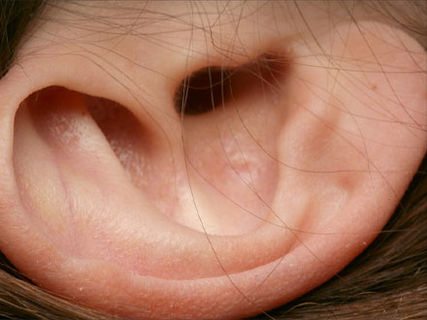Projects
2000

SANE Australia
VOICES
THE AUDITORY HALLUCINATIONS PROJECT
‘Every time I would be about to go to sleep, it was like someone clapping their hands right in my ear, and that would be accompanied by a flash of op art, like a Bridget Riley painting just exploding in my head.’ — Owen
The VOICES auditory hallucinations project was created by David Young and Rosemary Joy with sound editing by Michael Hewes. The project developed over a number of stages. The initial phase involved liaising with three key organisations: Impact Community Options & Support in Carrum, Ballarat Psychiatric Fellowship (now called Centacare, Ballarat Catholic Diocese Psychiatric Services) and the Mental Health Research Institute (MHRI). Work with each organisation centred on identifying potential participants for the project through discussions with staff and holding open information sessions.
Once a number of people had volunteered to become involved, there was a process of establishing the necessary trust so that participants were able to talk freely about their experiences. Some people were very private about the symptoms of their illness and while they were keen to participate, it was a big step for them to put their stories into the public domain. The project facilitators worked closely with staff at each organisation to support participants so that their involvement was a positive and empowering experience.
Generally, participants were asked about their first experience of hearing voices and the interviews would develop according to their response. People with a range of experiences of auditory hallucinations were involved, from sounds such as hissing and buzzing to voices which seem to have personalities of their own; from negative persecutory voices, to guiding and helpful voices that operate as friends. As the interviews progressed, it became clear that a valuable adjunct to the first hand stories would be to include information about the latest research conducted by the Mental Health Research Institute into the biological causes of auditory hallucinations. MHRI research staff and the director, Professor David Copolov, were interviewed.
The editing process was very slow given the quantity and the sensitive nature of the material. Fundamentally, this process was guided by the nature of the material and the interests of the participants. Experiments in layering and manipulating sounds were abandoned in favour of letting each voice speak for itself. The facilitators had previously worked with four of the participants, and their candid, relaxed responses give an added depth to the completed CD. For most participants, telling their stories and being heard by a wider public was of primary importance; very few were interested in coming to the studio and contributing to the editing of their stories. Other participants were involved in editorial decisions through listening to tapes of the rough edit and giving feedback. The last stage of the editorial process was spent ensuring that each person interviewed gave their informed consent; all wished their story to be included in the final edit. Only two people interviewed were not included on the CD as their experiences were not directly relevant to this project.
The CD was launched by Carillo Gantner who spoke of the need to assist the families of people who experience voices. He described the CD as an important tool for educating the community about this fairly common and distressing symptom of mental illness, specifically noting ‘I wish I’d had something like this CD when I was struggling with my own father who was schizophrenic.’ The CD has since been distributed to every GP in Australia, and is available through SANE Australia.
Supported by Australia Council for the Arts, SANE Australia
Linden New Art
26 Acland Street, St Kilda
Launch 22 March